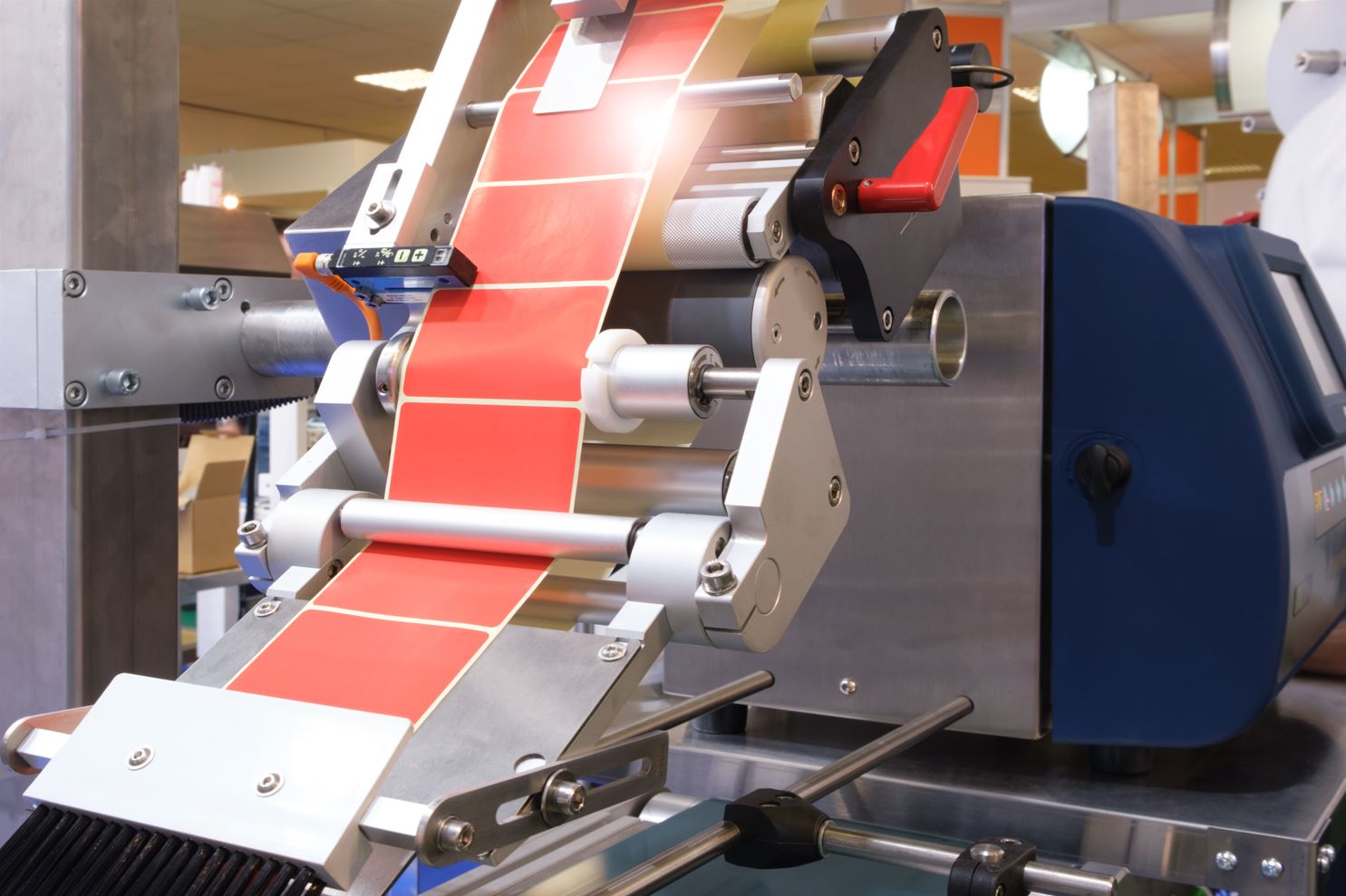Label Material construction explained
Construction
Label construction is a multi-layered material consisting of a combination of different material/component layers or substrates. The main and most basic construction consists of three components:
- Top layer = the face material
- Middle layer = adhesive
- Bottom layer = backing sheet with a release coating
More advanced constructions may include many other layers, such as:
- Protective coatings
- Overlaminates
- Ink for printed face materials
- Opaque base layers combined with various adhesives
- Pressure sensitive labels are a type of label construction
- A construction may also be referred to colloquially as a sandwich
Face Material
This as the term indicates is the top layer and is any paper, or other material, used to produce the top layer of a basic label construction. Face materials can have a single or number of coatings applied to them to alter the finish and protect the material from damage during storage or use. The final construction includes the face material bonded to a layer of adhesive which is subsequently carried on a backing sheet.
Adhesives
Adhesive is the substance that is used to create a bond between two materials, they are usually identified through their method of adhesion and then organised into “reactive adhesives” that require a chemical reaction to form the bond and “non-reactive adhesives” that don’t require a physical change to form the bond, although they may undergo a change to form the bond.
Coatings
Protective:
In labelling, the term coating refers to a substance and its method of application to the label materials. Coatings are mainly a liquid that is used to create a film/barrier that covers the surface of one or more of the layers within a label construction. These coatings provide a protective layer over the surface of the material and improve its printability, whilst at the same time can enhance the appearance and finish of the surface. Coatings can come in many forms, most commonly lacquers, varnishes and emulsions. Depending on the coating and its purpose, the coatings might be applied on press during the material manufacturing or converting processes, or as a separate finishing operation before or after a label has been printed.
They are either applied over the entire surface of a material (overcoat) or to sections of the surface only (spot coat).
Aesthetic/Finish:
In paper manufacturing, coatings are used to determine the finish of the paper product, such as:
- Surface smoothness
- Texture
- Whiteness
- Brightness
- Opacity
- Ink receptivity
- Colour
The coating is applied either during the paper conversion process, or it can be applied after this on a separate machine. The coating is a mixture of pigments and binders (adhesives).Additional to these, chemicals may be used to control the properties of the finished material. Effectively the coat fills the gaps between fibres in the paper which enhances the surface smoothnessand the pigments contained in the coat enhance its finish e.g.
- Calcium carbonate increases ink absorbency
- Refined clay provides a glossy finish
- Titanium dioxide improves brightness and opacity
Backing Sheet
This is the base layer of a pressure sensitive construction. The backing sheet carries the adhesive and face material. The backing sheet holds a release coating that prevents the adhesive from adhering permanently to the backing sheet, thus allowing the face material and adhesive to be removed together when the label is being applied to a substrate. The backing sheet protects the adhesive and supports the face material during the die-cutting process, storage, and printing process if applicable.
Backing sheets are usually made of paper, although film may be used to reduce the overall thickness of a sheet of labels and provide a base that is stronger and more durable. This is important during the die-cutting process. Film backing is more expensive than paper backing.
Ink Receptivity
This is the measure to which a substrate or material will allow ink to transfer onto and penetrate into its surface. To achieve a good print quality, the face material must be ink receptive. If a material has low ink receptivity or is ink repellent, the ink is likely to sit on the substrate without adhering correctly, or at all. When this happens, it will smudge (when wet) or flake away when dry.
